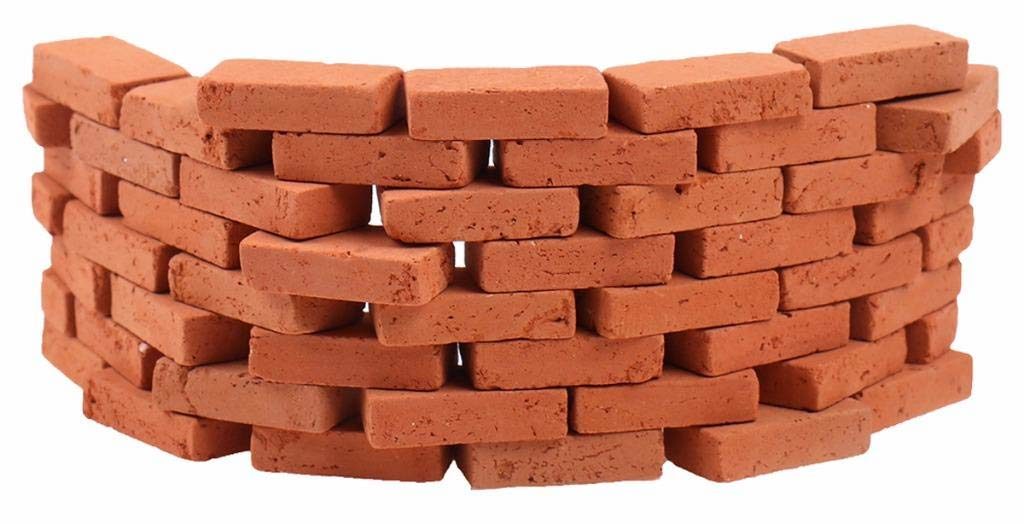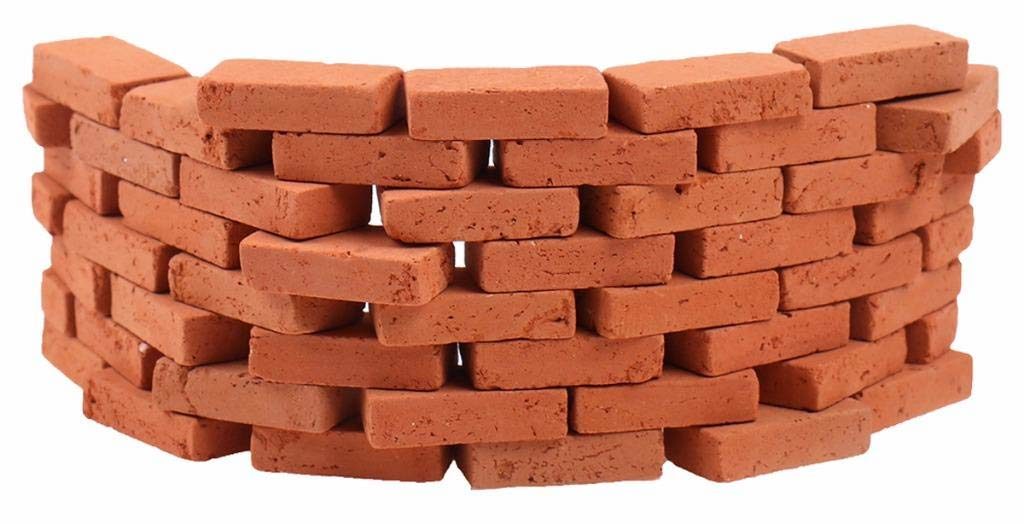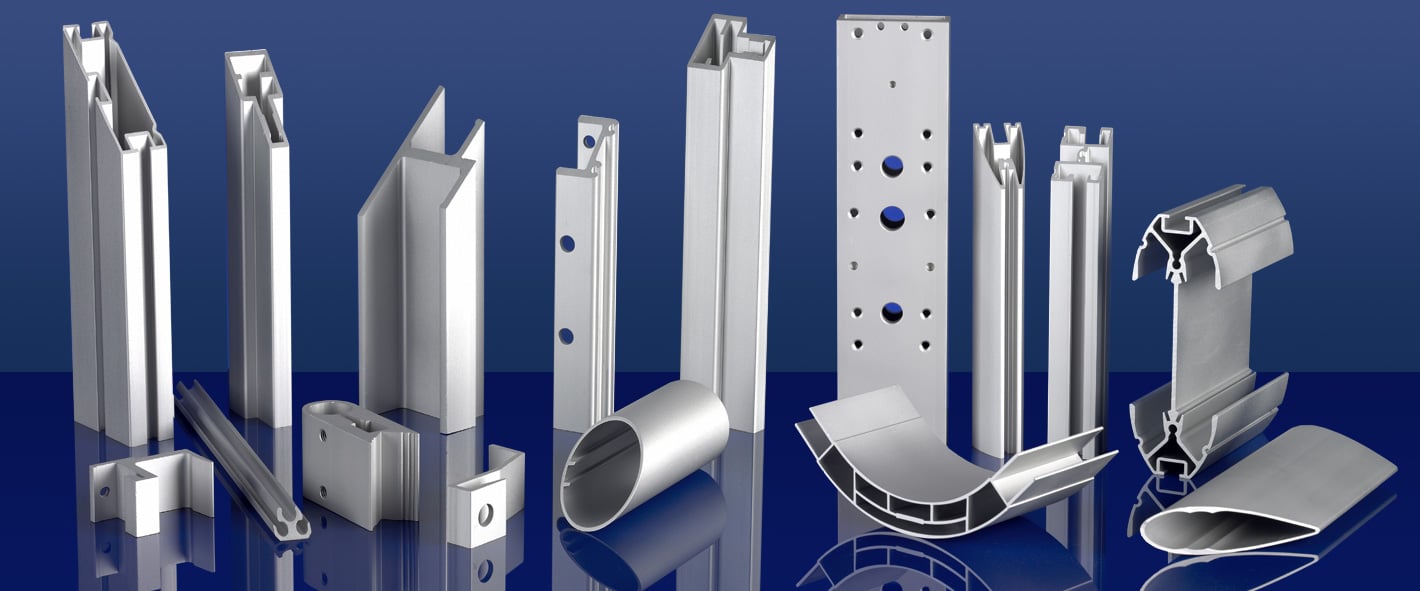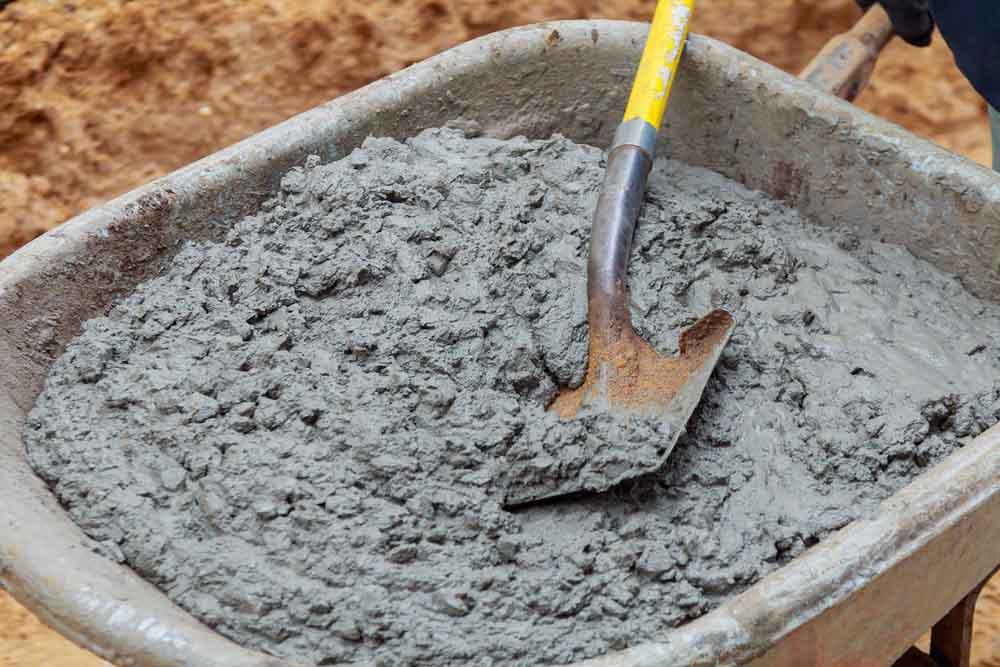This article discusses the most important building materials you need to know when designing and constructing buildings.
In addition to artificial materials such as structural steel, reinforcement, concrete, brick, aluminum, etc., many natural materials such as clay, sand, stone, wood, etc. are also used as construction materials.
The use of construction materials depends on the type of structure to be built. Let's discuss building materials in detail by going through them one by one.
Concrete as a building material
Concrete is the most commonly used building material. It is also used as one of the most commonly used building materials. Regardless of whether the building is constructed from structural steel, we use concrete to construct the foundation.
Unless the structure's foundation is made of steel or wood, the foundations of all other structures are made of concrete or reinforced concrete .
Concrete is composed of cement, aggregates and water. Additionally, we add additives to improve various concrete properties. Based on the strength and Durability of concrete The type of concrete is selected according to the needs. The type of concrete determines the characteristic strength of the concrete . The mixing ratio of cement, aggregate (fine aggregate, sand to manufactured sand and coarse aggregates) and water result in the different qualities of concrete.


Concrete additives such as retardants, water reducers, Flowing agents that include high water reduction values etc. are used to modify the behavior of concrete. concrete setting time, concrete workability etc. are changed with additives.
Fresco Concrete is carried out in the area where the structure will be built. Before concreting, inspections, staking, formwork, reinforcement, cleaning, etc. are carried out. Special care is required when pouring large quantities of concrete.
As the thickness of concrete increases, the heat generated by the heat of hydration increases significantly. Therefore, necessary measures must be taken to avoid: Cracks in the concrete due to the heat generated in the hydration and operation process. In addition, attention should be paid to delayed ettringite formation due to abnormal temperature rise. In general, the temperature increase in the hydration process is limited to 70 0 C
After the concrete has been poured, the concrete must not dry quickly. This directly affects the durability of the structure. Concrete hardening is carried out to create a strong coverage zone and prevent cracking in the concrete.
Concrete testing is carried out before and after concreting to ensure that the expected workability and strength of the concrete is achieved.
- The Concrete Swamp Before concreting, a test is carried out to check the workability of the concrete at the construction site.
- Concrete cube or cylinder tests are used to test whether concrete has the characteristic strength specified in the mix composition.
Concrete is a composite material and its strength increases with the addition of other construction materials. Concrete is tensile strength and we add reinforcement or materials like fibers to improve tensile strength. Furthermore, concrete acts together with the reinforcement when supporting the applied loads.
Steel as a construction material
Like concrete, steel is one of the most commonly used building materials in construction. Steel used in construction can be categorized according to its intended use.
- Reinforcing steel or reinforcing steel
- Structural steel
Reinforcing steel as a construction material
Unless it is solid concrete, we provide the reinforcement to support the loads and protect the structure from maintenance requirements.
Reinforcement is also called Reinforced steel . It is the main material used in structures to withstand tensile stresses. Concrete is weak in tension. The tensile capacity or allowable tensile stress of concrete is about 10% of its compressive strength . In areas where tensile stresses occur, we provide load-bearing reinforcement. Additionally, reinforcement is added to improve the static load capacity of the concrete.


Reinforcement has two main categories. They are medium steel and gate steel. The gate steel has now become ribbed steel (TMT bars) with higher tensile strength and yield strength. There are reinforcements with yield strength of 500-650N/mm 2 The modern improvement of reinforcement was carried out through thermomechanical treatment. Therefore these rods are called TMT Steel Therefore, reinforcing steel can be described as one of the most important construction materials.
Structural steel
Structural steel is not only a construction material but is also used to build other structures such as bridges, towers, etc. Most often, structural steel is used to construct parts or entire buildings. In the case of a reinforced concrete structure, the roof may be made up of structural steel beams (trusses). Additionally, steel buildings could also be constructed from structural steel.
Structural steel includes universal beams (I-beams), columns (H-columns), rectangular hollow sections (RHS), round hollow sections (CHS), angled sections, etc. construction material.
Masonry materials as building materials
Masonry is the most commonly used separation material in the construction of low-rise buildings. Due to the increase in structural weight, lightweight partition materials are used to replace masonry. There are essentially two types of masonry used in civil construction.
- Brick masonry
- Block masonry
Brick masonry
Bricks are one of the oldest building materials used in the construction of buildings. Today, engineering bricks are used for construction. In addition, there are other types of bricks used in construction. In general, the strength of the brick should be 10 N/mm. two .


Brick masonry can be constructed in different thicknesses starting from 113.5mm, 225mm, 300mm etc. Bricks are one of the best building materials to protect the structure and maintain comfort. The thermal conductivity is also within the acceptable limit range.
Block masonry
Due to the additional advantages over masonry, blocks are one of the most popular building materials in modern construction.
The blocks are manufactured in different widths such as 100, 125, 150, 200mm etc. They can even be manufactured according to the structure’s needs. Unlike brick, block masonry is very clean. Therefore, construction costs are reduced. The thickness of plaster and mortar is significantly reduced when constructing log walls.
Hollow blocks
Hollow blocks are manufactured in the same sizes as solid blocks. The use of hollow blocks significantly reduces the weight of the walls. This significantly reduces the overall construction costs of buildings.
Wood
Wood or wood-based materials are also known as one of the most useful building materials. There are also tall buildings made of wood. In some countries, most buildings are made of wood. Wood is therefore a very important building material.
Even in reinforced concrete structures, weather is most often used for doors, windows, roofs, furniture, etc. Therefore, time or wood are inevitable building materials in the world.
aluminum
Aluminum is a widely used building material in today's construction due to the growing demand for building materials and the inability to produce materials such as wood. It is an environmentally friendly material whose impact on the ecosystem is minimal compared to the use of wood.
Aluminum is not particularly strong and is produced by adding other alloys such as copper, magnesium, zinc, etc. to improve its strength. There are different types of aluminum products with different strengths. Material selection should be based on the application. Furthermore, the different profiles created in aluminum increase its resistance while fulfilling the purpose of the profile section.


Aluminum is durable, economical, low maintenance and has good surface quality compared to other building materials.
gas
Glass is one of the most popular building materials for facade construction. In buildings of all sizes, facades are constructed as a combination of other facade materials such as brick and block walls. However, in tall buildings the facade is usually made of glass.
It is lightweight compared to brick and block walls. Furthermore, it improves the aesthetic appearance of the building. Glass is available in different thicknesses such as 6, 8, 10, 12, 16, 20 mm, etc. Depending on the type of structure and the loads applied to the glass, the thickness of the glass is chosen to meet relevant building standards.
Furthermore, glass is used for other purposes such as flooring, interior facades, other internal requirements, etc.
To paint
Color is the finishing touch to a building. It covers the exterior and interior surfaces of buildings and gives them an attractive appearance. Depending on the application, there are two types of paint suitable for indoor and outdoor use.
Exterior paints are generally weatherproof. They must withstand heat and maintain their color unchanged throughout the season. Furthermore, they must minimize water penetration into brick walls. The number of coats to apply is determined based on project specifications. However, at least two coats are usually required.
The higher the power, the greater the number of color layers. Especially for exterior surfaces, it is essential to use a greater number of layers.
Additionally, the steel structures are also painted to protect them. If we do not use galvanization, we apply paints to protect the steel from corrosion. The article on comparing Painting and galvanizing could be investigated for more information.

